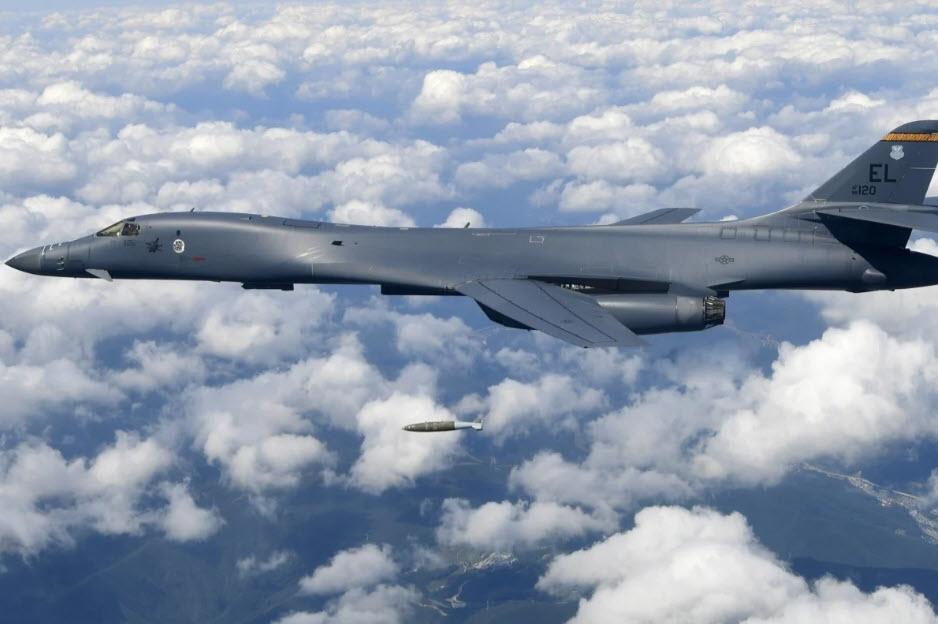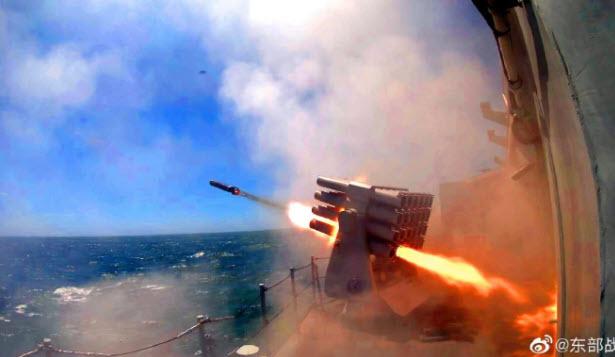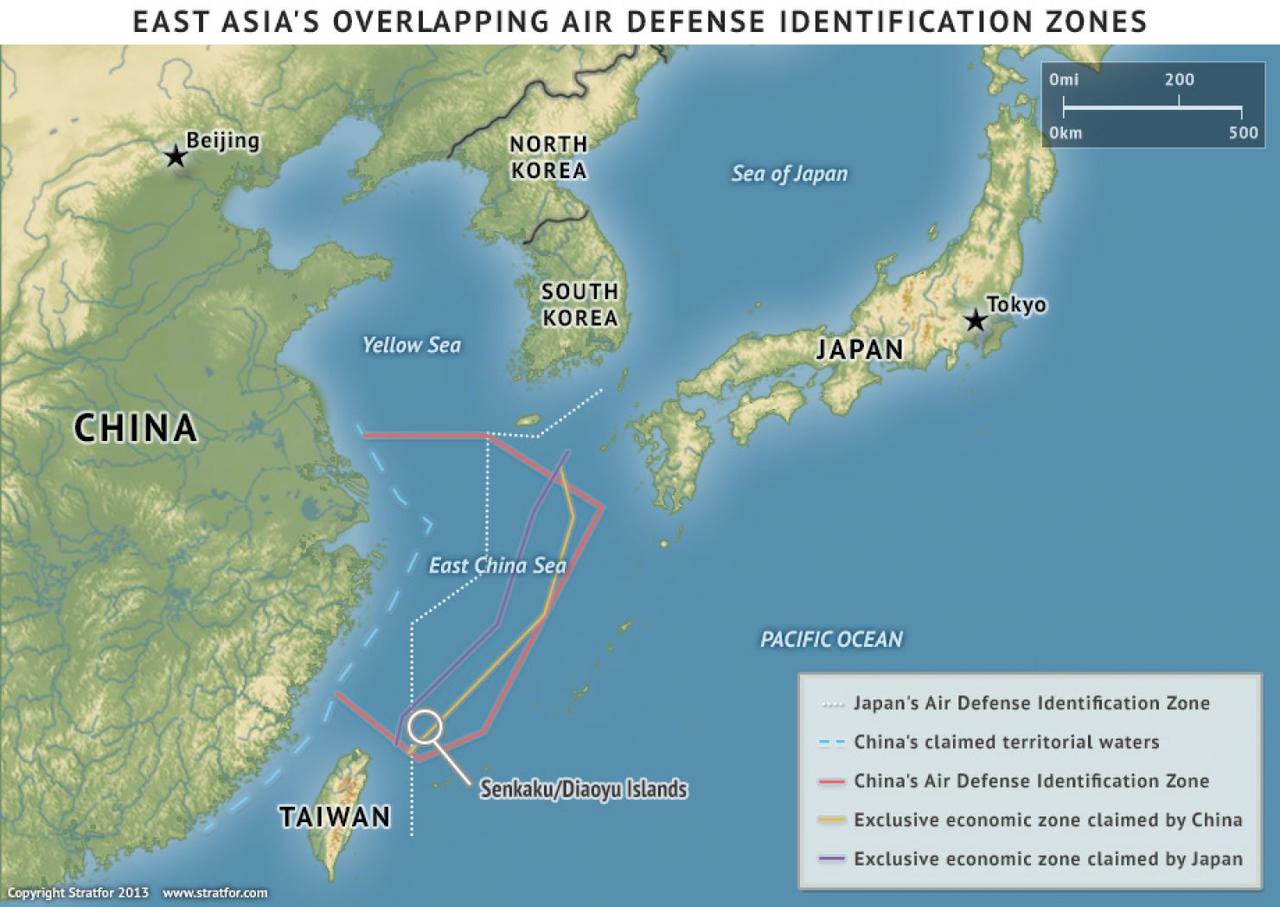US Bombers Enter Chinese Air Defence Zone As Beijing Mounts Massive Naval Drills
Tyler Durden
Tue, 11/17/2020 – 22:20
Two US long-range tactical bombers entered China’s air defence identification zone (ADIZ) on Tuesday in an apparent show of force, just as the Chinese navy was conducting a series of simultaneous massive drills. Aviation tracker Aircraft Spots reported that two US Air Force B-1B Lancer bombers left Andersen Air Force Base in Guam on Tuesday morning and entered China’s ADIZ over the East China Sea, after refuelling in flight during the mission.

Since the B1-B – which carries the biggest payload of any US bomber and – and is a departure from the fighter jets and spy planes the American forces have sent before on missions so close to the Chinese coast, the SCMP suggested that the US was sending a blunt warning to China.
Aircraft Spots said the US bombers flew very close to the northeast corner of Taiwan’s ADIZ and they would have entered the zone if they had continued on the same trajectory. Under international rules, aircraft flying over such zones should notify the relevant authorities before doing so. But the US and Japan do not recognize China’s claims over the area.
The bombers’ mission also coincided with massive Chinese naval drills conducted at the same time in the South China Sea, East China Sea and Bohai Sea. Military analysts quoted by SCMP said the exercises were a signal from China’s top brass that the People’s Liberation Army could conduct joint operations in different military theaters (all of which just happen to be in close proximity to Taiwan) at the same time.
The PLA drills were announced indirectly by China’s Maritime Safety Administration, which issued notices warning vessels to stay away from an area from the southern tip of the Yellow Sea to waters near Hainan Island. The no-go zone included an area with a 5km (3 mile) radius off the coast of Beihai in the southwestern region of Guangxi.
Another area in the South China Sea, in Honghai Bay southwest of Shanwei in southern Guangdong province, was restricted to traffic from Tuesday morning to early evening for “military training”. Honghai Bay is about 100km (62 miles) from Taiwan-controlled Pratas Island, which is also claimed by Beijing.
Quoted by SCMP, Hong Kong-based military commentator Song Zhongping said the naval exercises would probably involve rocket launches. “The 5km [3-mile] radius [of the restricted areas] indicates that the strikes are to test their high precision [ability],” said Song, a former instructor in the PLA Second Artillery Corps, the predecessor of the Rocket Force.

Song said the exercises indicated the PLA could mobilize forces in different regions in an emergency.
“Unexpected military clashes can happen anywhere, and if conflict happens in the Taiwan Strait, it could quickly turn out to be a large-scale military confrontation, and the Chinese military needs the ability to counterattack in the worst scenario,” he said.
John Bradford, a senior fellow specialising in maritime security issues at the S. Rajaratnam School of International Studies at Singapore’s Nanyang Technological University, said that by holding four exercises at the same time, the Chinese navy was clearly showing its military readiness.
“Such demonstrations will become more regular as the PLA Navy continues to expand the size of its force and the range of its operational competencies … In fact, we should expect this sort of thing to happen more frequently as the Chinese navy grows in size and mission,” Bradford said.
Speaking to the SCMP, Collin Koh, a research fellow also from the S Rajaratnam School of International Studies, said the drills were in response to what Beijing saw as an increasingly complex security environment.
“What I’ll see as something to watch is how these drills integrate various agencies, such as the PLA, civilian bodies and so on. This would be a logical expectation after the Central Military Commission recently issued a new outline on promoting joint operations in the PLA,” said Koh, referring to the body that commands and controls the military.
via ZeroHedge News https://ift.tt/3ntXmBC Tyler Durden
